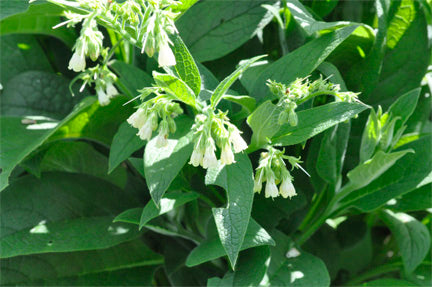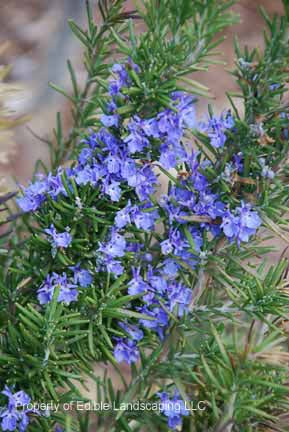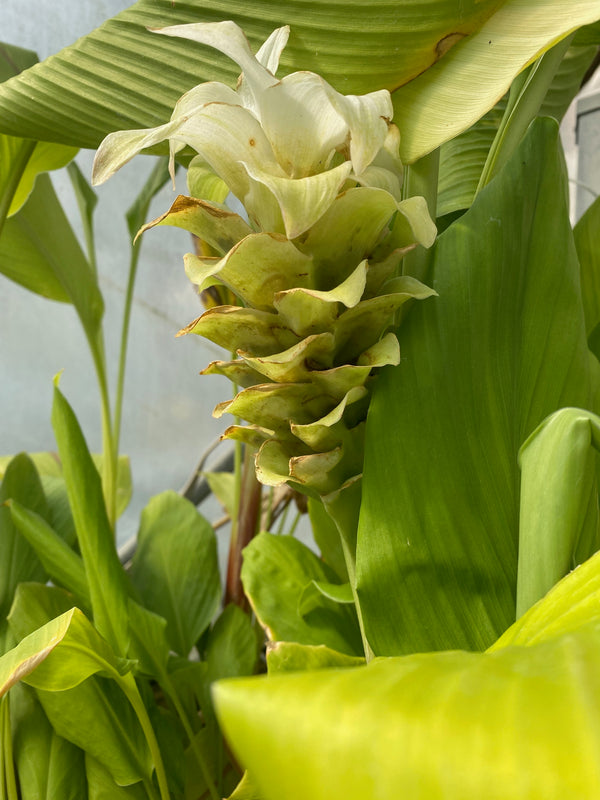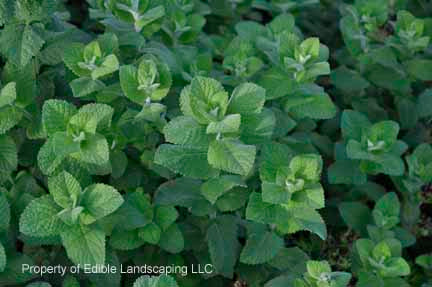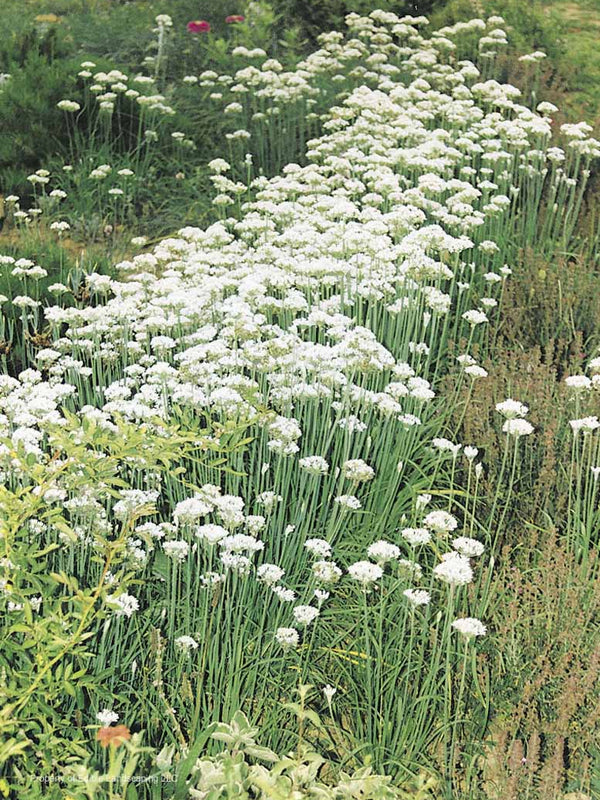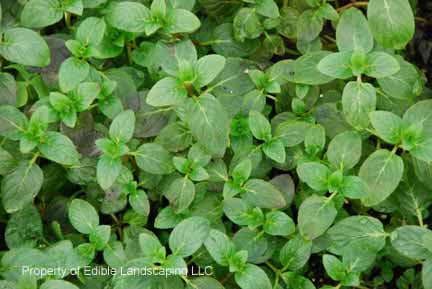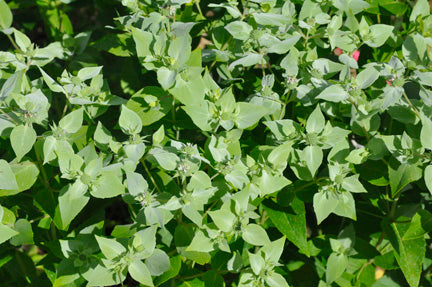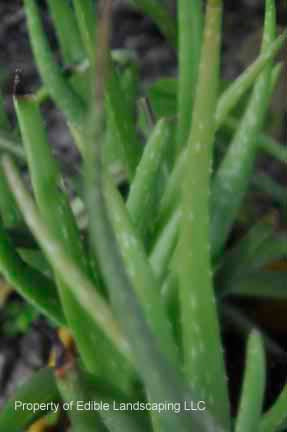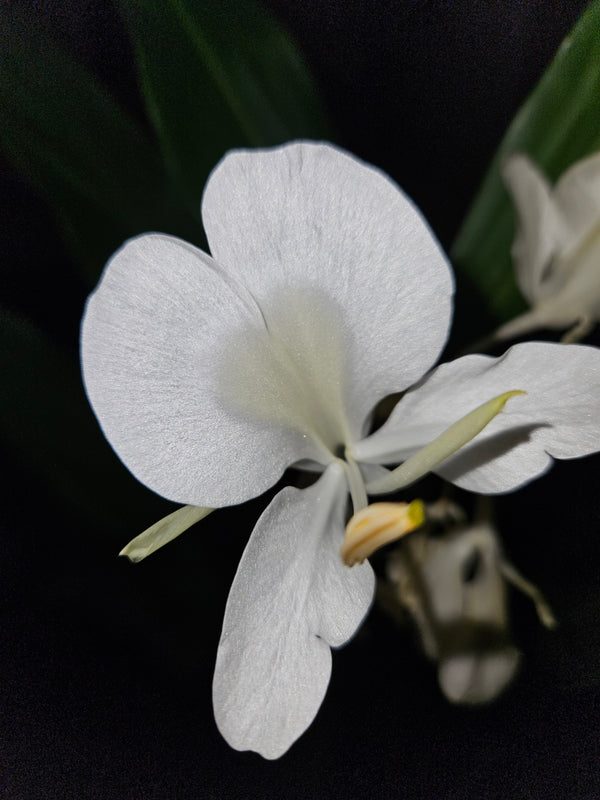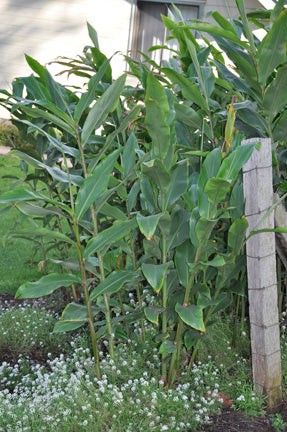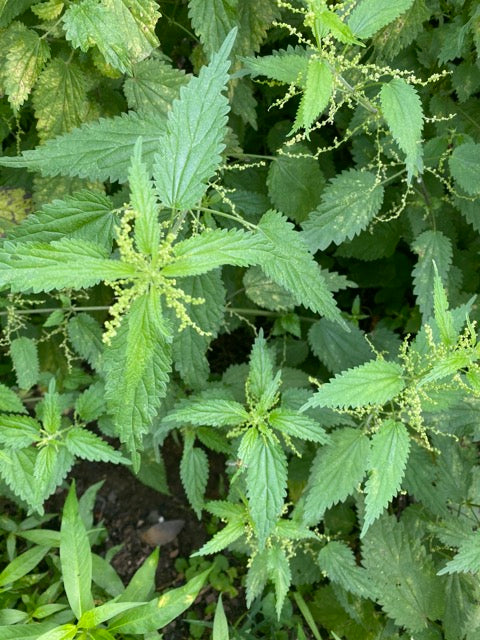
Humilus lupinus
Hops were used by the Greeks as a salad plant. Today young hops shoots are still eaten by some. The pine cone like scales or bracts of the hops contain lupulin, a substance consisting of resins and essential oil, which gives beer, ale and other malt beverages their characteristic bitter flavor. One-half to one and a quarter pounds of hops are used for a 31-gallon barrel of beer. Hops are long-lived perennials grown like pole beans on 10' tall poles, spaced 4-8' apart. At harvest, the vines are let down, the green hops are picked and dried. Can be grown on a fence or wall. Hops above ground growth dies back in winter. In spring this perennial grows from the ground and quickly establishes itself by late spring. Zones 3-8.
| Plant Characteristics | |
|---|---|
| Pest Resistance | Excellent |
| Disease Resistance | Excellent |
| Drought Tolerance | Fair |
| Heat Tolerance | Excellent |
| Humidity Tolerance | Excellent |
| Sun Tolerance | Excellent |
| Wet Soil Tolerance | Fair |
| Shade Tolerance | Fair |
| No Spray | Very Good |
| Salt Tolerance | Fair |
| Thorns | No |
| Plant Type | Vine |
| Soil Type | Adaptable |
| Edible Type | Leaf |
| Self Fertile | Yes |
| This information is accurate to the best of our knowledge, | |
Lupulin, a substance consisting of resins and essential oil, imparts to beer, ale, and other malt beverages their characteristic bitter flavor. The scale or bracts of the hop which resembles a fir cone in its general makeup possess small, yellow granules of lupulin grains, easily visible to the eye. These contain the resins and oil. The oil, contributing also to the aroma, is usually driven off in the boiling process but may be replaced later. Materials known as tannins occurring in the scales and stem of the cone aid in the clarification of the brew after boiling.
Each 31-gallon barrel of beer brewed in the US requires only a 1/2 to 4/5 of a pound of hops, though abroad the figure sometimes reaches 1 1/4 pounds. Hops are all important to the brewers since beer is made principally of malted barley, hops, and water.
Just when hopped beer was first made is not known. The Egyptians had a sweet-sour alcoholic beverage made like beer but without hops. Hops were apparently used by the Greeks only as a salad plant; even today young hop shoots are eaten like asparagus by some people. In early times hops were supposed to free the blood of "all impurities, tumors, and flatulence", cure the itch and other skin diseases, and "relive the liver and spleen." Taken as a fresh vegetable, they may well have had some beneficial effects in the diet. Today individuals may be found who believe that sleeping on a pillow stuffed with dried hops somehow contributes to health. Late in the fifteenth century the plant was introduced into England, but Henry VII and Henry VIII liked beer without hops and prohibited their use.
The growing of hops is somewhat similar to that of pole beans. The vines are trained on poles or pole-and wire trellises, ordinarily 10 to 20 feet in height. Plants are spaced from 4 to 8 feet apart, the latter distance being most general on the Pacific coast. At harvest the vines are let down and the cones are picked by hand. The green hops are then hauled to drying houses, piled in bulk, and slowly dried with artificial heat for about 20 hours. Later they are compressed into bales of about 200 pounds each, sewn over with burlap, and the grower's part is completed. Hops plants possess remarkable vigor, young vines having been observed, under favorable conditions, to elongate 12 inches in 24 hours.
Insect affecting hops are plant lice or aphids and the red spider mite. Powdery mildew can affect plants also. In our experience the plants are resistant and grow without any special care.
If your live in a warm winter area vines should be cut back heavily to control rampant growth. Dieback in winter of the vine is natural. Growth from the roots start in spring when soil warms up. There are home brewing clubs all over the US and more info for making your own beer can be obtained from these organizations.
In the landscape hops have large green lobed leaves. It is a lovely quick way to cover an arbor, trellis or similar structure. The bracts are green cone like and ornamental. The vine needs a lot of water during the growing season and should be planted in full sun. Soil should be rich and well drained. If many 'starts' come from the ground in spring, remove but a few to avoid crowding.
Beer
Boil 2 cup hop flowers in 1.25 gallons of water for 15 minutes. Strain through cheesecloth and mix in 2/3 cup malt and 1 cup sugar. Activate 1 package yeast and add to liquid after it has cooled. Cover the pail with cheesecloth and let the liquor stand for 5 days, then decant into screw-top bottles, leaving any sediment behind. Test the bottles weekly to see that they don't get to fizzy. If you find they are flat, add a teaspoon of sugar to each bottle and leave for a week. The beer can normally be drunk, 10 days to 2 weeks after you start. Pour it carefully into a jug, leaving any sediment behind. (from Wild Food, Roger Phillips.)

